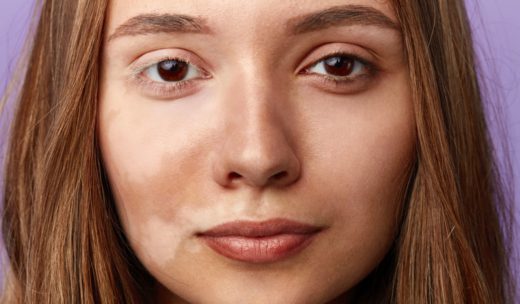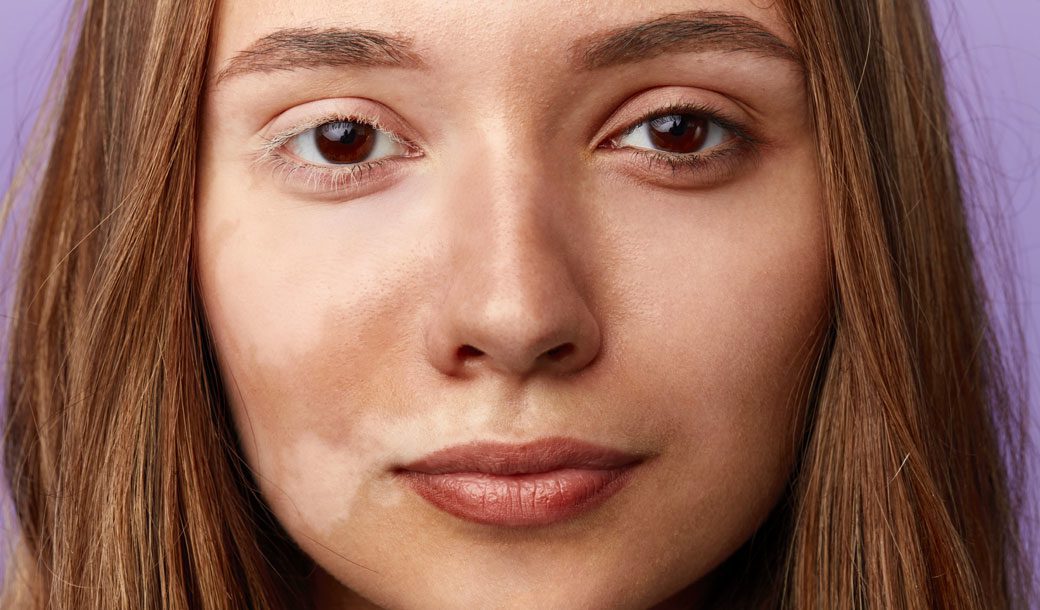Medical experts use the term pigmentation when the skin goes lighter or darker than its usual tone. This concern can appear in multiple patches on the skin (such as with age spots / sun spots, freckles or melasma), or may cover a larger area on the skin surface (such as with birthmarks, extensive scarring or a medical condition known as vitiligo). Pigmentation usually stays flush with the skin’s surface, and doesn’t often cause any harm. Its visible appearance, especially when in an exposed area, is usually the concern which leads to a person seeking treatment.
There are two main types of pigmentation: hyperpigmentation and hypopigmentation.
Hyperpigmentation is the result of too much melanin being produced by the skin, and hypopigmentation occurs when there is not enough. UV rays can cause an increase in melanin and hyperpigmentation is the more common type we see at The One Clinic. The cause of too little melanin is usually genetic or when trauma or inflammation disrupts the functioning of the skin. Hormonal changes can also influence melanin production and pigmentation is common during pregnancy, puberty and when ageing.
At The One Clinic we’ll carry out a thorough assessment at your initial consultation, which will help us to identify the cause of your pigmentation issues. Our clinic often provides an effective solution for those with hyperpigmentation (darkened patches of skin), suggesting the most suitable treatment option. Removing areas of pigmentation, or drastically reducing its appearance, is often achieved when the pigmented cells are eliminated and healthy new cells are encouraged to grow.
For more information about our treatments for pigmentation, or to book a consultation, contact the clinic today!







